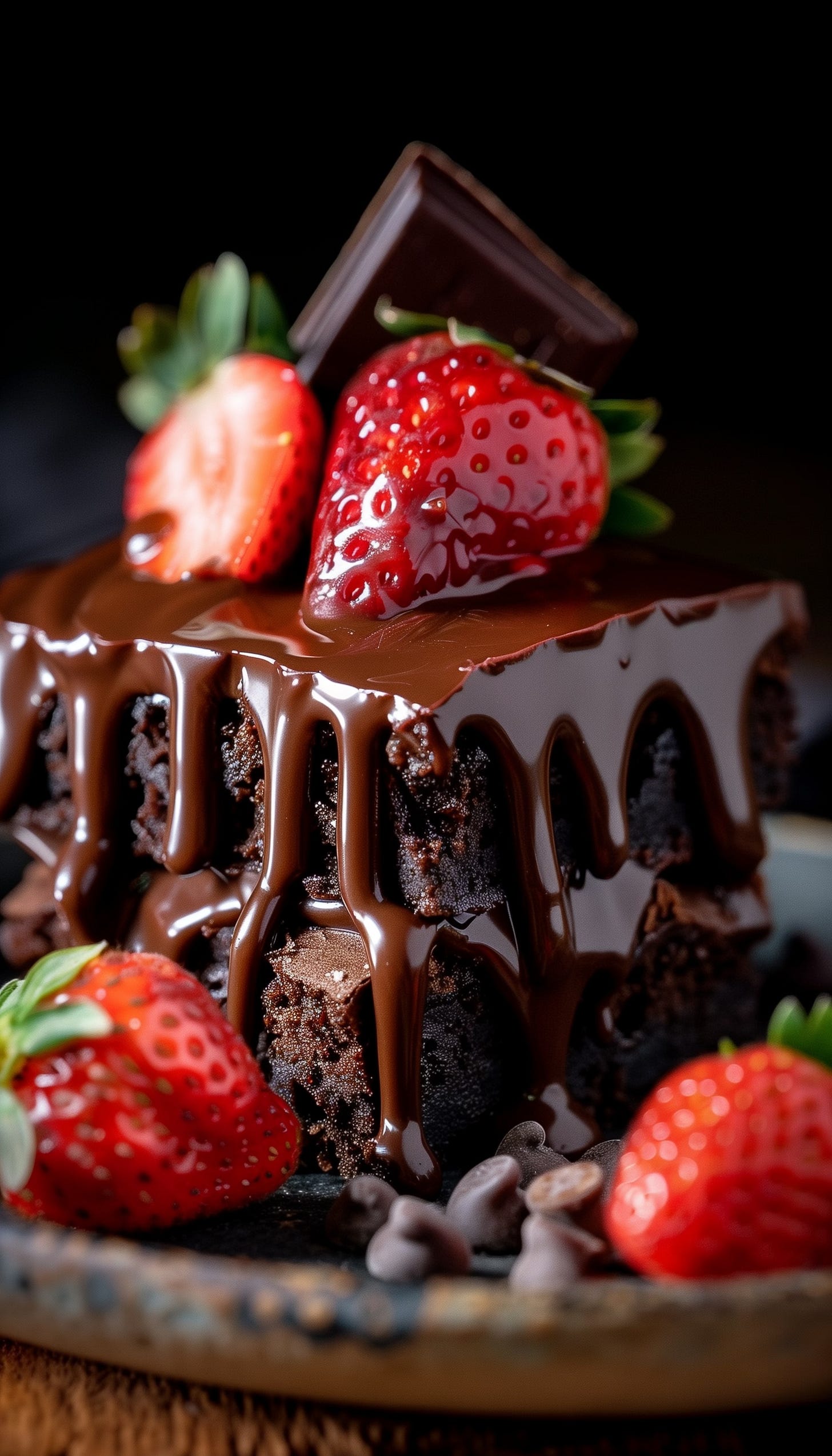Iron is an essential micronutrient that plays a vital role in our bodies, yet many of us don't fully appreciate its significance. From its crucial role in oxygen transport to its historical and cultural symbolism, iron is a mineral worth celebrating. In this post, we'll explore the benefits of iron, foods rich in this important mineral, its cultural and historical importance, and share a delicious dessert recipe that’s a good source of iron.
The Role of Iron in the Body
Iron is a key component of hemoglobin, the protein in red blood cells responsible for transporting oxygen from our lungs to the rest of our body. Without enough iron, our cells can’t get the oxygen they need, leading to fatigue, weakened immunity, and even anemia. Iron is also involved in energy production, DNA synthesis, and muscle function.
There are two types of dietary iron: heme iron and non-heme iron. Heme iron, found in animal products, is more easily absorbed by the body. Non-heme iron, found in plant-based foods, is less easily absorbed but still an important source of this nutrient, especially for vegetarians and vegans.
Foods Rich in Iron
Including a variety of iron-rich foods in your diet is essential for maintaining optimal health. Here are some of the best sources:
Heme Iron Sources:
Red meat (beef, lamb)
Poultry (chicken, turkey)
Fish (tuna, salmon)
Organ meats (liver, kidney)
Non-Heme Iron Sources:
Legumes (lentils, chickpeas, beans)
Tofu and tempeh
Dark leafy greens (spinach, kale)
Nuts and seeds (pumpkin seeds, cashews)
Whole grains (quinoa, fortified cereals)
Dried fruits (apricots, raisins)
Vitamin C enhances the absorption of non-heme iron, so pairing iron-rich plant foods with vitamin C-rich foods like citrus fruits, strawberries, bell peppers, and tomatoes can help increase iron absorption.
Cultural and Historical Significance of Iron
Iron has not only been crucial for our health but also holds a deep cultural and historical significance. Historically, iron was one of the first metals used by humans, marking the transition from the Bronze Age to the Iron Age around 1200 BCE. This period revolutionized tools, weapons, and agriculture, shaping civilizations.
In many cultures, iron symbolizes strength, power, and resilience. In ancient Egypt, iron was associated with the gods, and in medieval Europe, iron tools and weapons were believed to possess protective properties. The enduring significance of iron is a testament to its critical role in both our physical bodies and human history.
Iron-Rich Dessert Recipe: Dark Chocolate and Blackstrap Molasses Brownies
These delicious brownies are not only a treat but also a good source of iron, thanks to the combination of dark chocolate and blackstrap molasses.
Ingredients:
1/2 cup unsalted butter or coconut oil
1/2 cup dark chocolate (70% cacao or higher)
1/2 cup blackstrap molasses
1/2 cup brown sugar or coconut sugar
2 large eggs
1 teaspoon vanilla extract
1/2 cup whole wheat flour or almond flour
1/4 cup cocoa powder
1/4 teaspoon salt
1/4 teaspoon baking powder
1/2 cup dark chocolate chips or chopped nuts (optional)
Instructions:
Preheat your oven to 350°F (175°C) and grease an 8x8-inch baking dish.
In a medium saucepan, melt the butter and dark chocolate over low heat, stirring constantly until smooth. Remove from heat and allow to cool slightly.
Stir in the blackstrap molasses and brown sugar until well combined. Add the eggs one at a time, beating well after each addition. Stir in the vanilla extract.
In a separate bowl, whisk together the flour, cocoa powder, salt, and baking powder. Gradually fold the dry ingredients into the wet mixture until just combined.
Pour the batter into the prepared baking dish and spread evenly. Sprinkle with dark chocolate chips or nuts if using.
Bake for 20-25 minutes, or until a toothpick inserted into the center comes out with a few moist crumbs. Be careful not to overbake.
Allow the brownies to cool in the pan before cutting into squares.
Iron Content: The combination of dark chocolate, which is rich in non-heme iron, and blackstrap molasses, which is a concentrated source of iron, makes these brownies a surprisingly good source of this essential mineral. Additionally, serving them with a side of fresh strawberries or orange slices can help boost iron absorption due to their high vitamin C content.
How to Get Enough Iron in Your Diet
Getting enough iron in your diet is crucial, especially for women of childbearing age, pregnant women, vegetarians, vegans, and those with certain health conditions that affect iron absorption. Here are some tips to ensure you’re meeting your daily iron needs:
Eat a Balanced Diet: Include a mix of heme and non-heme iron sources in your meals.
Pair Iron with Vitamin C: Enhance the absorption of non-heme iron by eating foods rich in vitamin C alongside iron-rich foods.
Cook with Cast Iron: Cooking acidic foods like tomatoes in a cast iron skillet can increase the iron content of your meals.
Be Mindful of Iron Blockers: Certain foods and beverages, like coffee, tea, and calcium-rich foods, can inhibit iron absorption. Try to consume them between meals rather than with iron-rich foods.
Iron is a mighty mineral that has shaped both our physical health and human history. By understanding its benefits, incorporating iron-rich foods into our diets, and enjoying delicious recipes like the Dark Chocolate and Blackstrap Molasses Brownies, we can ensure we’re getting enough of this essential nutrient to support our well-being. Whether you're celebrating iron for its nutritional value or its cultural significance, it’s clear that this mineral is truly indispensable.







